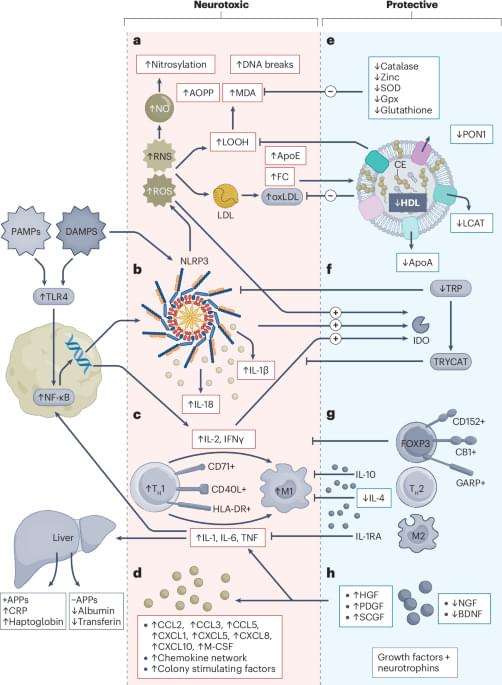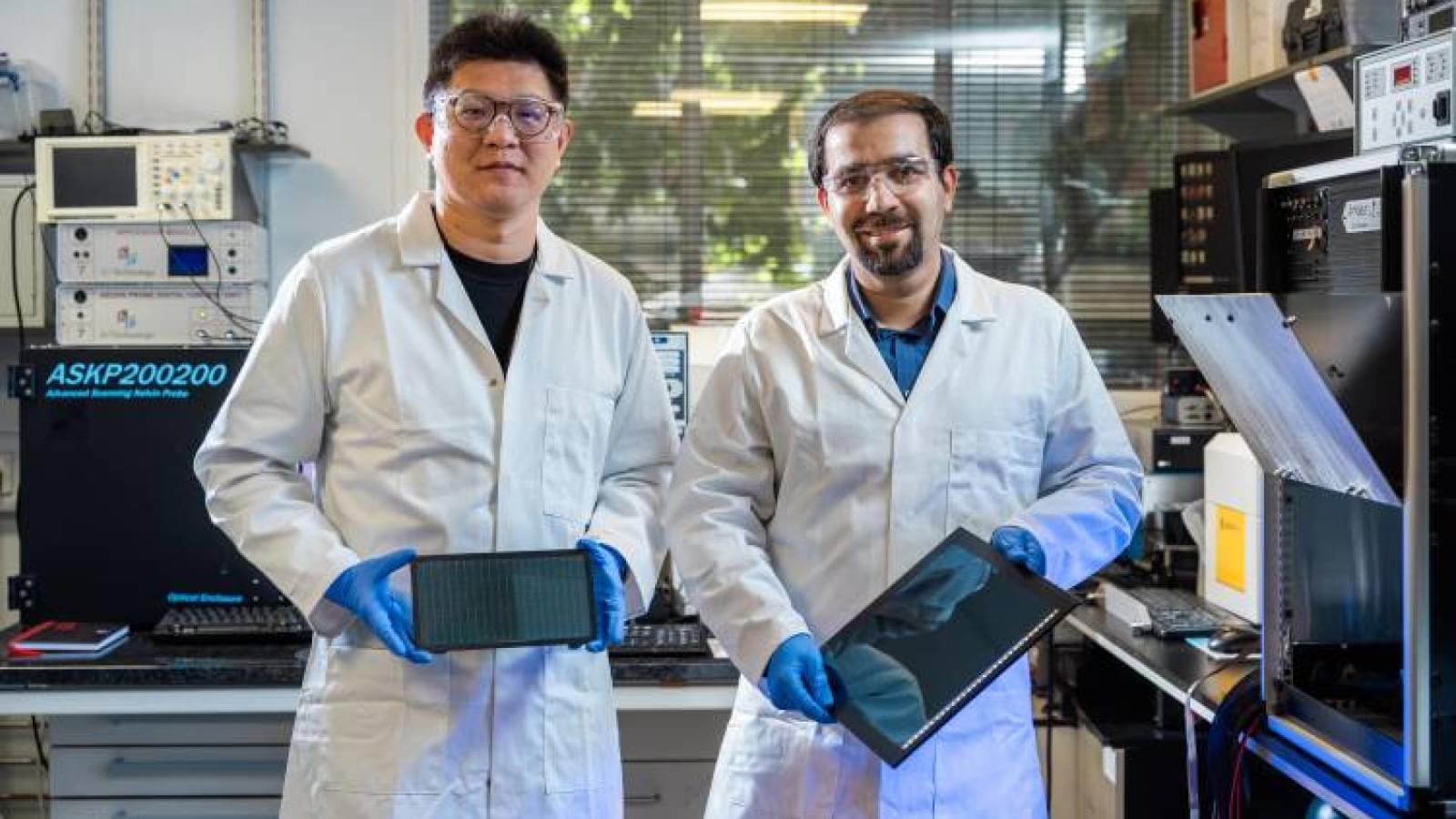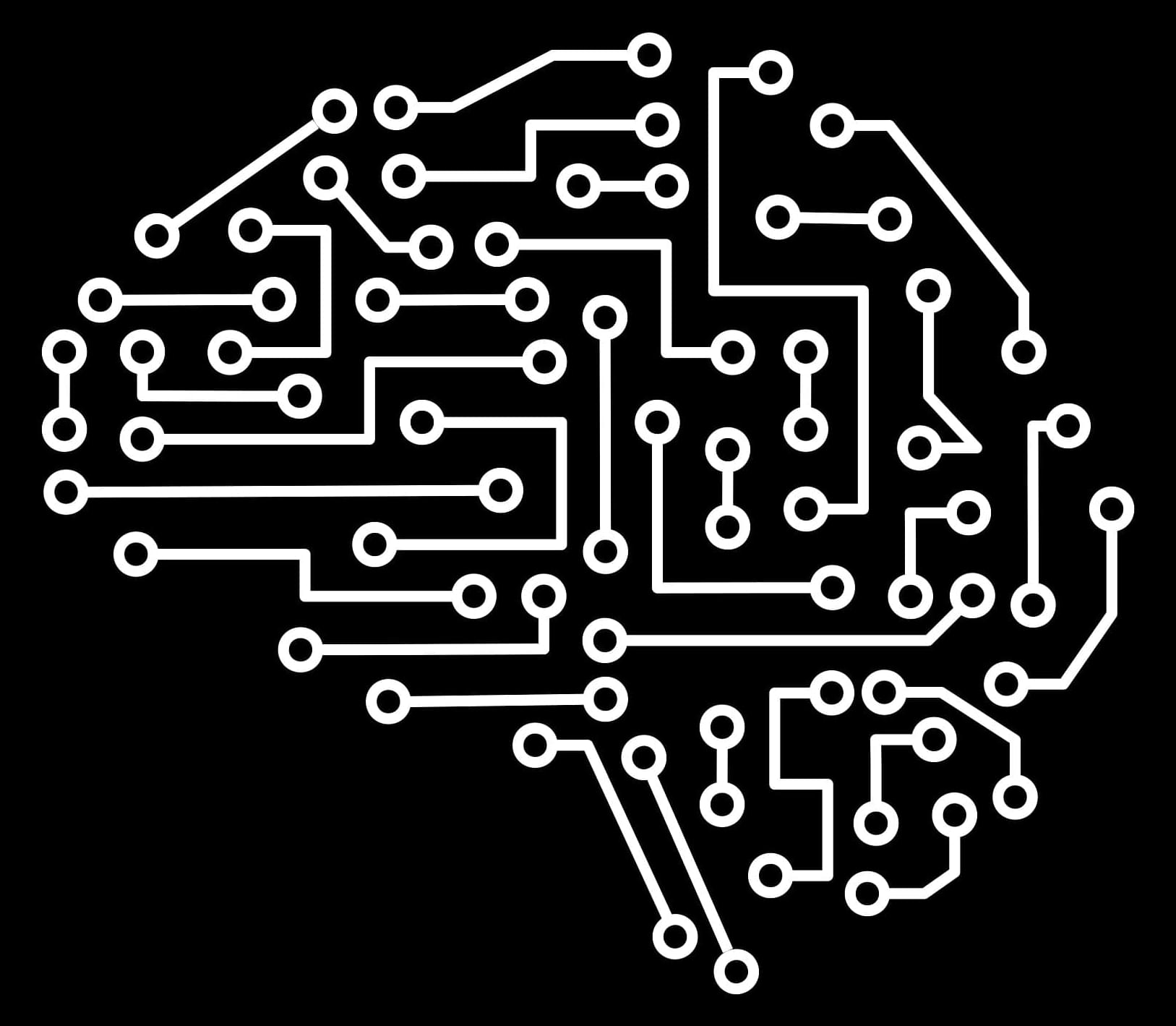In this Review, the authors describe perturbations in neuroimmune, metabolic and oxidative pathways in major depressive disorder and explore how imbalances in each of these pathways can contribute to the acute phase of the disease.



Using a powerful combination of AI-driven modelling, advanced brain imaging, and close-to-real-life experimental paradigms, the team was able to uncover a brain signature that precisely measures emotional intensity (arousal) across diverse situations ranging from seeing a loved one to a horror movie. Notably, the team was able to disentangle the conscious emotional experience from the automatic physiological responses such as sweating to heart racing.
Beyond the theoretical implications, this discovery opens new avenues for:
Biohacking shouldn’t feel like a full-time job—or a scam. If you’re tired of chasing every shiny new trend without results to show for it, this session is your reset button. We’ll break down what’s worth your effort, what’s just a fad, and how to build a strategy that actually works for you.

“Currently, solar cells capturing energy from indoor light are expensive and inefficient. Our specially engineered perovskite indoor solar cells can harvest much more energy than commercial cells and is more durable than other prototypes. It paves the way for electronics powered by the ambient light already present in our lives.”
Perovskite is already becoming a popular material for use in solar panels, with marked benefits compared with silicon-based materials.

Physicists at the LHC have recently identified a collection of approximately one hundred “X particles” originating from the early moments of the Big Bang. These findings, which may lead to a deeper understanding of the universe, have been published in the Physical Review Letters journal.
Particle accelerators bring particles into high-speed collisions. The largest of these is the Large Hadron Collider (LHC), located near Geneva. The purpose of these experiments is to simulate aspects of the Big Bang and to examine how matter behaves under those conditions.
In recent years, these high-energy collisions have led to the discovery of several theorized particles. More recently, physicists have detected about a hundred short-lived “X particles,” so named due to their mysterious structures, amid billions of elementary particles.

More Americans are receiving computed tomography (CT) scans than ever before, and while this technology can save lives, some scientists are concerned that low doses of ionizing radiation could increase cancer risk.
Importantly, at an individual level, the theoretical risk of developing cancer from a CT scan is thought to be very low, if it exists at all. Patients should not hesitate to undergo these tests if they are considered medically necessary.
However, the number of CT examinations performed annually in the US has increased by more than 30 percent since 2007, and researchers suggest that unwarranted tests are exposing the population to unnecessary radiation.

You may not be aware that most of the medicines that have been approved for treatment are rooted in nature. For example, the bark of willow trees has been called nature’s aspirin because it contains a chemical called salicin. The human body converts salicin into salicylic acid, which relieves pain and fights fevers.
New research by William Chain, associate professor in the University of Delaware’s Department of Chemistry and Biochemistry, and his lab, uses a molecule found in a tropical fruit to offer hope in the fight against liver-related cancers, one of the world’s top causes of cancer deaths.
Using a process called natural product total synthesis, Chain and his lab group have invented a pathway that uses widely available chemicals to create molecules found in a guava plant that are known to fight these deadly cancers. The work is published in Angewandte Chemie.

Cornell University researchers have developed a low-power microchip they call a “microwave brain,” the first processor to compute on both ultrafast data signals and wireless communication signals by harnessing the physics of microwaves.
Detailed in the journal Nature Electronics, the processor is the first true microwave neural network and is fully integrated on a silicon microchip. It performs real-time frequency domain computation for tasks like radio signal decoding, radar target tracking and digital data processing, all while consuming less than 200 milliwatts of power.
“Because it’s able to distort in a programmable way across a wide band of frequencies instantaneously, it can be repurposed for several computing tasks,” said lead author Bal Govind, a doctoral student who conducted the research with Maxwell Anderson, also a doctoral student. “It bypasses a large number of signal processing steps that digital computers normally have to do.”

Memories of significant learning experiences—like the first time a driver gets a speeding ticket—are sharp, compared to the recollection of everyday events—like what someone ate for dinner two weeks ago. That’s because the human brain is primed to learn from helpful associations.
Carnegie Mellon University researchers have identified specific neural connections that are especially sensitive to this process of learning about causality. The discovery, while seemingly intuitive, could have widespread implications for understanding how humans learn and inform new ways to address learning challenges.
“If you look out the window and see dark clouds, you know that it’s going to rain and that you’ll need an umbrella,” said Eunsol Park, a Ph.D. student in the Department of Biological Sciences and the Center for the Neural Basis of Cognition, a joint program between Carnegie Mellon and the University of Pittsburgh.